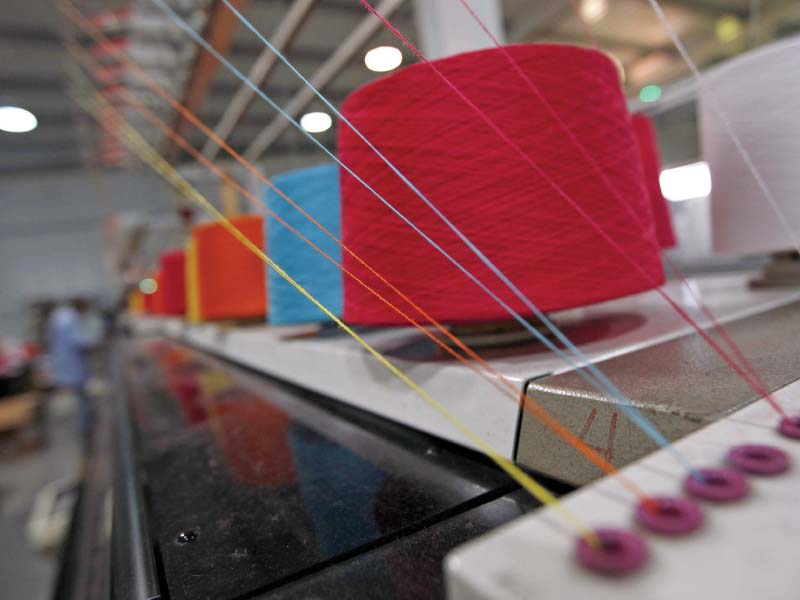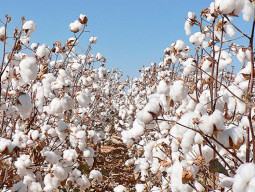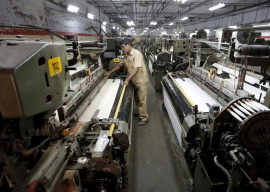
This is providing much-needed knowledge flow into developing economies while also forcing companies to improve their competitiveness.
In such a situation, the companies, especially those that are focused on exports, are expected to invest in new technology and introduce new and improved products. Still, there is a greater need to increase the understanding of innovation and its economic impact, particularly in the case of developing countries like Pakistan.
International Apparel Federation to open office in Pakistan
A research conducted by the Lahore School of Economics (LSE) assessed the decision of firms to innovate, investment in innovation and labour productivity by focusing on the data of 377 companies. These included highly export-oriented textile companies including those belonging to stitched and unstitched segments.
According to the results, on an average, apparel companies are larger than those in the unstitched category, they spend more on innovation, have a higher percentage of innovative sales and are more innovative. Overall, on an average, firms spent 3.6% of turnover in 2015 on innovation and approximately one-third of turnover was attributed to innovative products.
Another important observation is that there is a high dispersion in the distribution of firms in terms of their size, innovation expenditure and innovative sales.
Around one-third of all companies in Pakistan’s textile sector are innovative, but there are striking differences between the unstitched textile and apparel sectors. The percentage of innovative firms in the apparel sector is more than two times greater than the unstitched sector.
On an average, innovative firms spent more than 7% of their turnover in 2015 on innovation, of which around two-thirds of the expenditure was for the acquisition of machinery, equipment and software.
Researchers also find that product innovation leads to increased labour productivity as well as higher labour productivity growth. In particular, a 10% increase in innovative sales per worker yields a greater than 10% increase in labour productivity and labour productivity growth.
Competition seems to have a different impact depending on the location of the competitor. Results suggest that firms with medium or large-sized foreign competitors are less likely to engage in innovation.
On the constraints side, the firms reporting cost factors as a highly important constraint to innovation are less likely to engage in innovation, but they invest more in research and development.
The study shows vertical knowledge flows are very important determinants of a firm’s decision to engage in innovation. Especially, firms considering foreign clients and foreign suppliers as an important source of information and cooperation have a higher probability to innovate.
Larger firms are more likely to engage in innovation and the impact of competition depends on the location of the competitors. Foreign competition negatively affects a firm’s decision to innovate whereas local competition positively affects a firm’s level of innovation investment.
Moreover, exports are found to be positively associated with innovation performance in the unstitched textile and apparel firms.
Pakistani companies exporting to Europe and the US are more likely to engage in innovation and the investment in innovation increases with exports. There is also evidence about the crowding out effect of national subsidies since firms receiving national subsidies invest less in innovation.
Finally, higher investment in innovation and higher labour productivity leads to higher innovative sales per worker in both the unstitched textile and apparel sectors. There is also evidence that firms which engage in product innovation tend to have greater management and organisational innovations.
Export package: Commerce minister assures textile sector of govt support
Overall, the results point to the role of a coordinated industrial strategy that targets firms that export to the US and Europe and also face local competition. The industrial strategy devised by the government that helps reduce firms’ costs may lead to greater innovation than policies simply aimed at increasing the research and development activity.
Published in The Express Tribune, December 24th, 2017.
Like Business on Facebook, follow @TribuneBiz on Twitter to stay informed and join in the conversation.












































COMMENTS
Comments are moderated and generally will be posted if they are on-topic and not abusive.
For more information, please see our Comments FAQ